QuestionI have a 7 year old male pug and would like very much to adopt another dog. Recently I adopted a small mixed breed pup approx. 8 mos. old. At first my pug was happy to meet her and I thought all was well. The next day, my pug began moping around and would walk away from me when I tried to give him attention and affection. I returned the new puppy to the person I got it from and lo and behold, my pug sprang back to life.
Is there anything I can do to help my pug accept another dog?
AnswerHi Lee Ann,
Sorry about the delay in getting back to you. I've had a family emergency to deal with.
When a new puppy is introduced into a household, a period of stress and adjustment is inevitable for both humans and animals -- but there are ways to help make the transition a little easier on everyone.
Since "you never get a second chance to make a good first impression," how you stage the initial introduction is important. You can help dogs start off on the right paw together if you introduce them on neutral territory, perhaps in a park, instead of at home, so that your Pug regards the stranger as a possible friend rather than as a threat to his territory and dominance. Have someone else bring the puppy, so that your dog has no immediate reason to feel jealous, either. Let the dogs get to know each other, and play together, before you take them home.
Once together, adjustment is mostly a matter of coping with feelings of jealousy and sibling rivalry. Dogs are capable of jealousy and resentment, and these feelings can lead to undesirable behaviors. Lots of reassurance and attention are in order! Make a fuss over your Pug and downplay the presence of the puppy.
Use the puppy as a cue for doing nice things with the Pug; when you pat the puppy, pat your Pug. When you take the puppy for a walk, take the Pug out too. When you give the puppy a toy, give one to the Pug. This trains the older dog to have positive feelings about the puppy, since when he sees the new dog being patted or walked, he knows he will also enjoy these pleasures. If the quality of life for the Pug improves as a result of the arrival of the newcomer, if now there are more pats, more walks, more toys, the Pug, one hopes, will come to feel 'Hey, maybe this isn't so bad!
Its important that you pay extra one-on-one attention to your Pug and give him a little priority when doing things during the first month or so that you have the puppy. Small little things like, serving his food first, or letting him go out the door first when going outside, etc, are things which will bring his spark back, knowing he is still "your favorite". This special time will pay off in the long run.
The most common mistake owners make is to leave a new puppy alone with the established dog. Puppies don't understand the pecking order and they haven't learned the necessary submissive skills. The older dog may give signals of dominance but the puppy doesn't know how to read them. This situation often results in injury with the older dog biting or pinning down the younger animal.
If the Pug displays any inappropriate aggressive behavior towards the puppy, the behavior should be quickly and firmly corrected, since the dogs must learn what is acceptable and what isn't. But do not force the animals to be together if they do not get along. in the beginning, their way of resolving differences and establishing a relationship may be by avoiding each other, they may rotate their activities, sleeping, eating, and playing at different times. It's okay. As time goes on they'll interact more and more.
Some dogs may take a little longer to accept a newcomer, be patient, and be sure show your Pug how much he still matters to you! Be aware that, like people, not everyone gets along, personalities are different.
I hope I've been a help.
Best of luck!
Patti

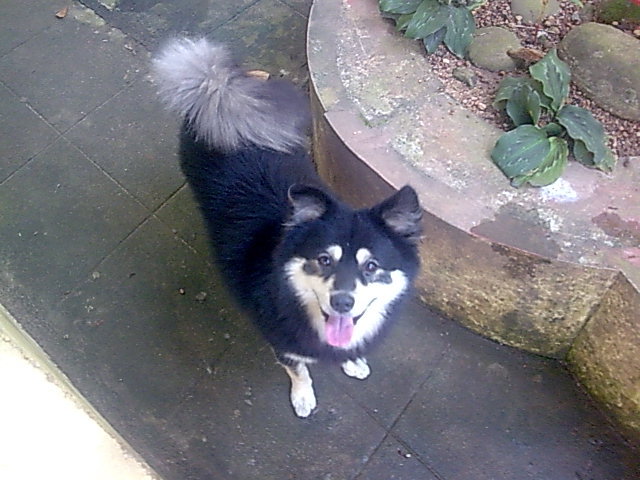 pooping and peeing
Question
snoopy
hi, my name is praveen n i have a dog t
pooping and peeing
Question
snoopy
hi, my name is praveen n i have a dog t
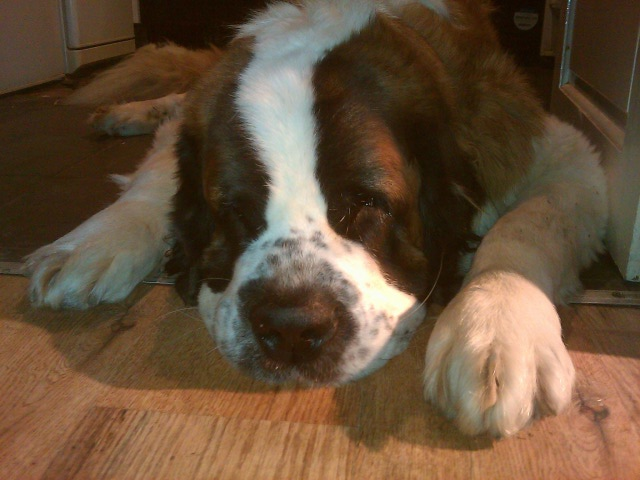 st bernard archy.
QuestionQUESTION: I have a four year old st bernard. I
st bernard archy.
QuestionQUESTION: I have a four year old st bernard. I
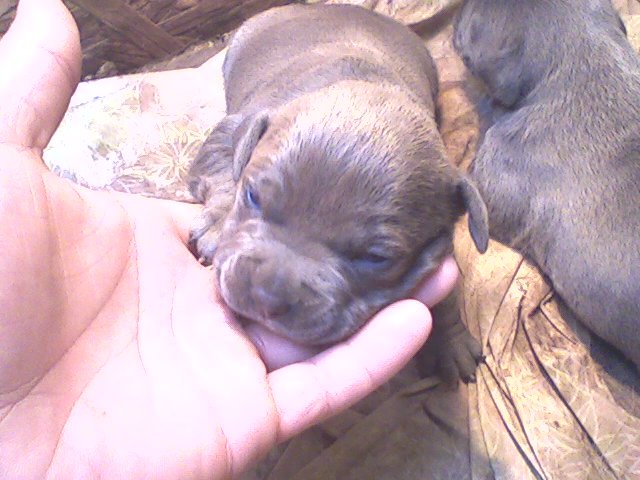 Puppy help? does this look like a nice quality puppy?
Question
3 weeks old
im getting this blue nose puppy so
Puppy help? does this look like a nice quality puppy?
Question
3 weeks old
im getting this blue nose puppy so
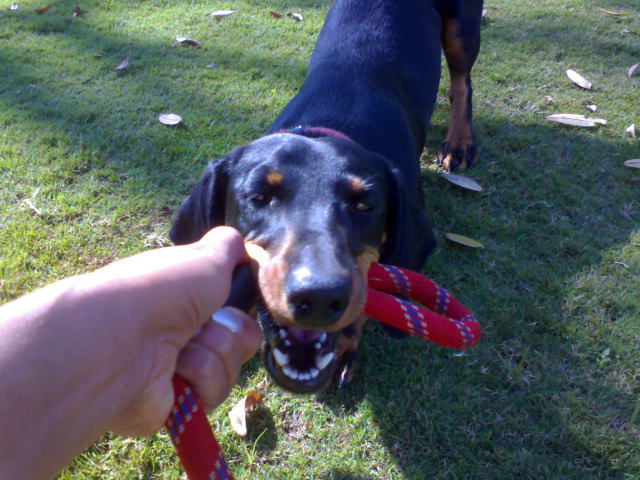 Dog unwilling to eat
Question
Maggie
I have a 4 year old daschund female.She
Dog unwilling to eat
Question
Maggie
I have a 4 year old daschund female.She
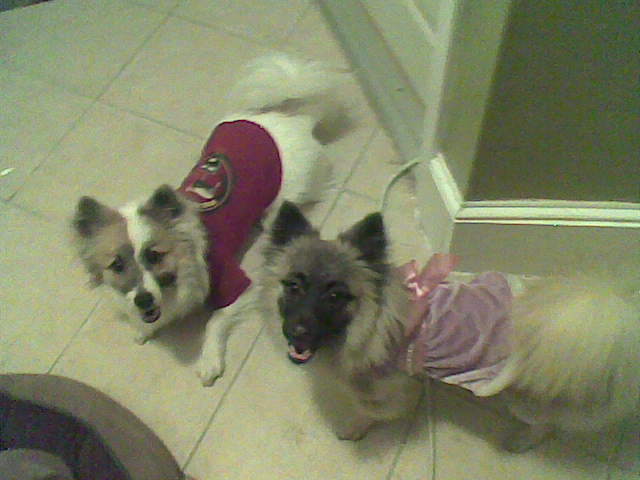 TRAINING POMERANIANS
Question
chichi&coco
I have two Pomeranian-mixed do
TRAINING POMERANIANS
Question
chichi&coco
I have two Pomeranian-mixed do